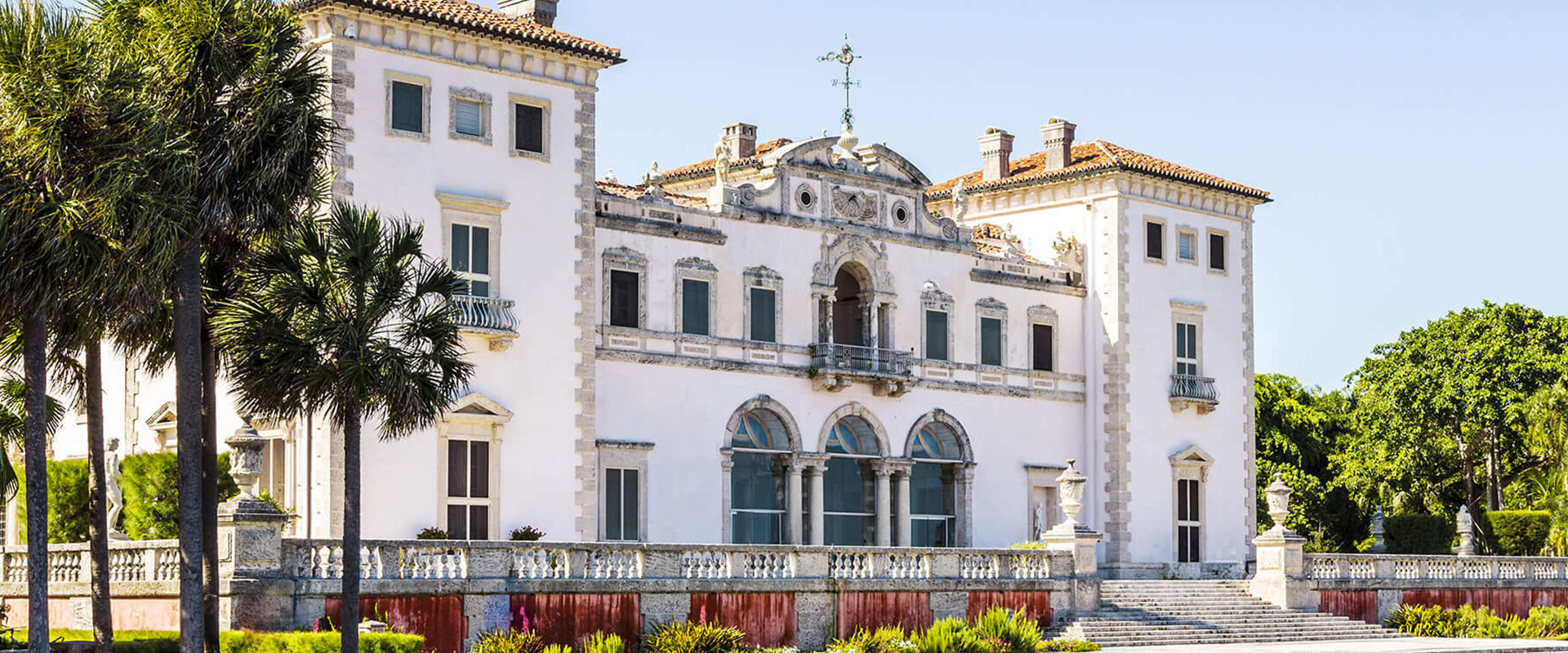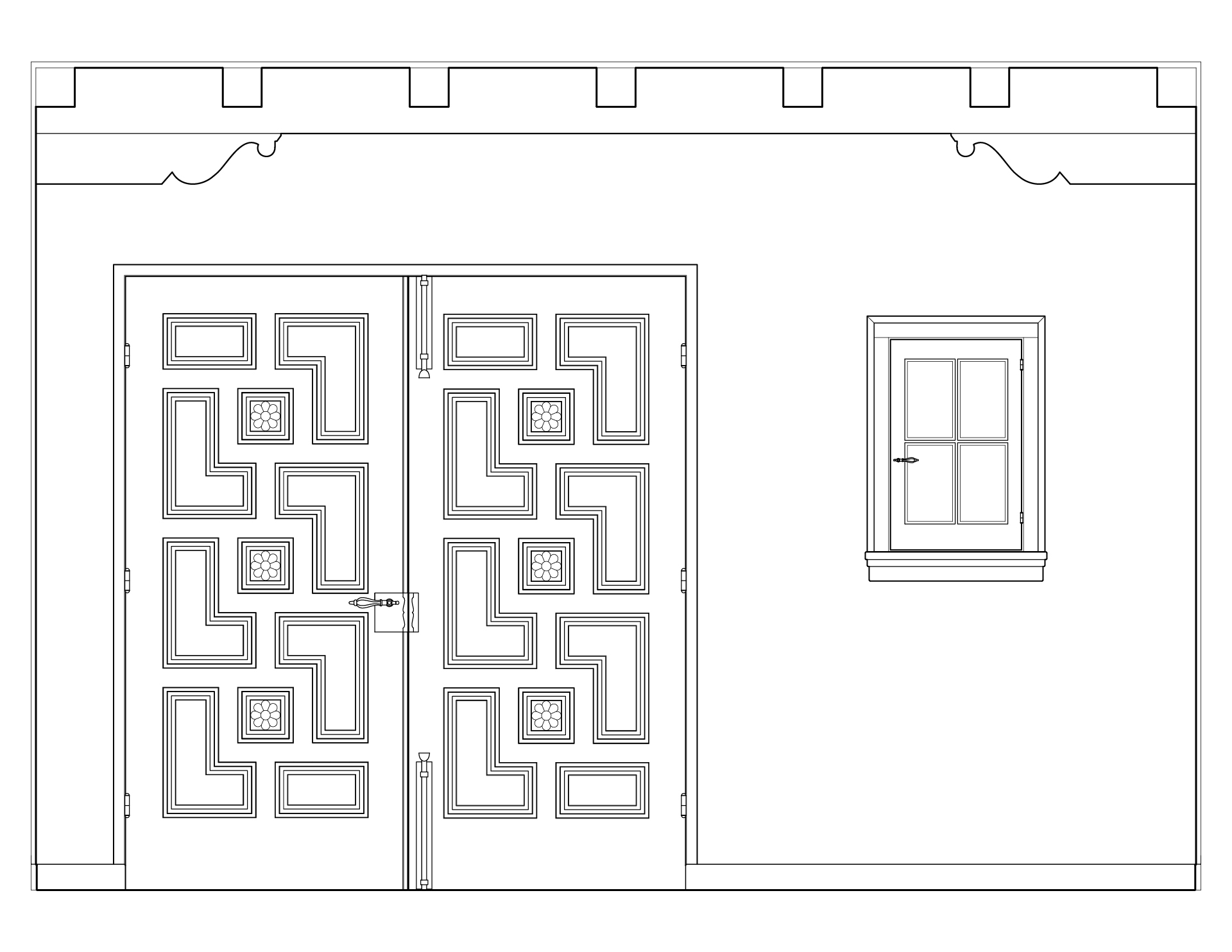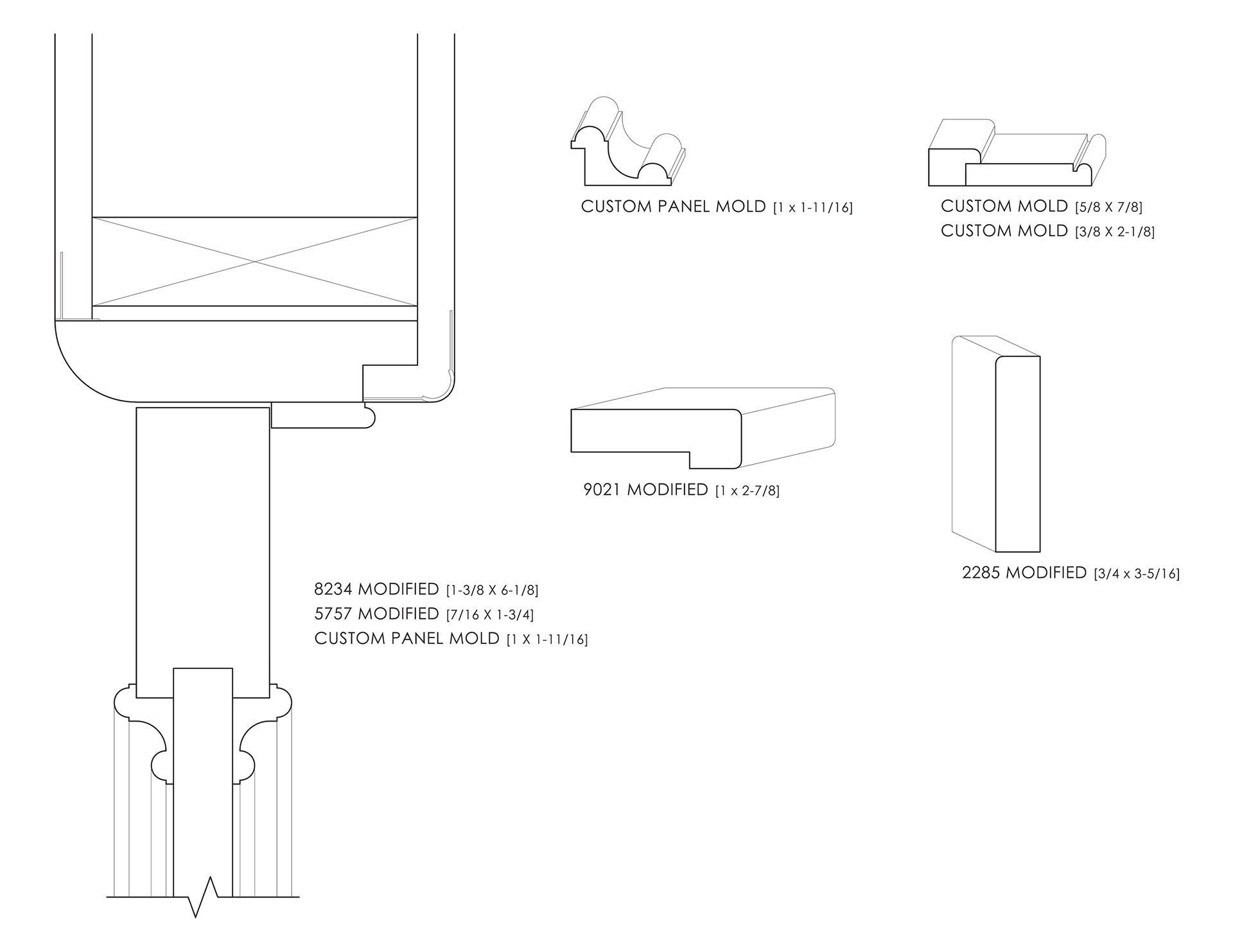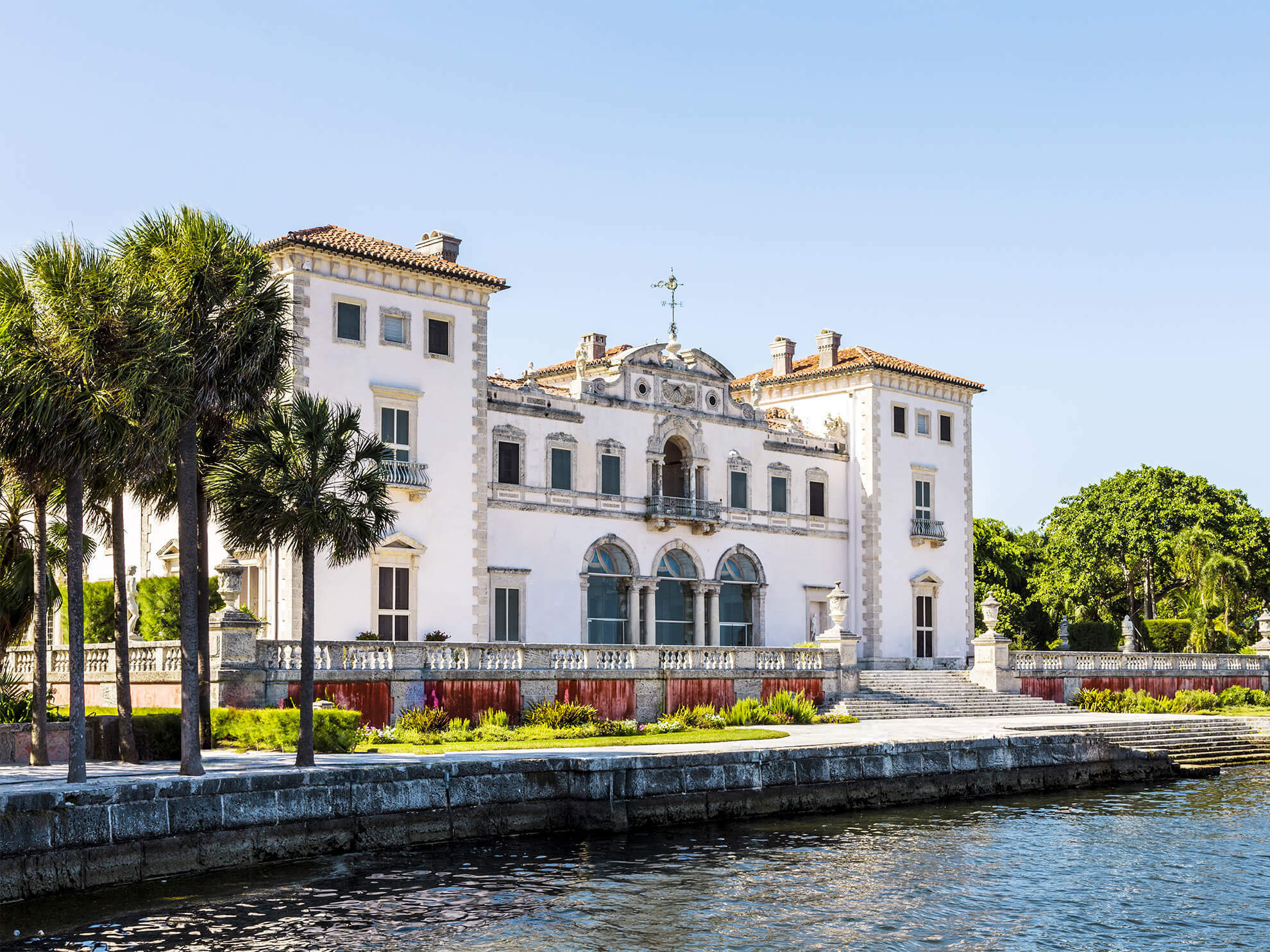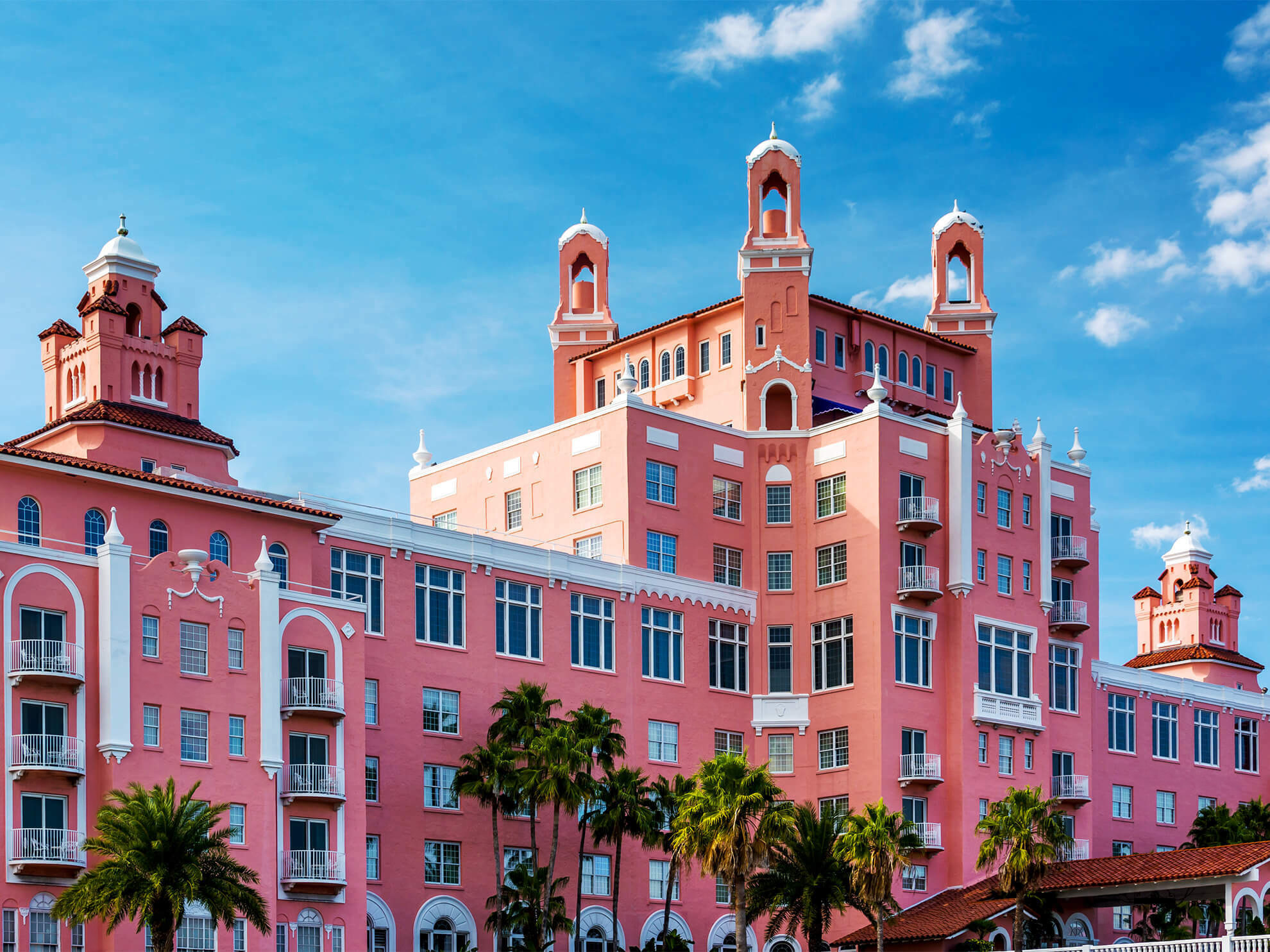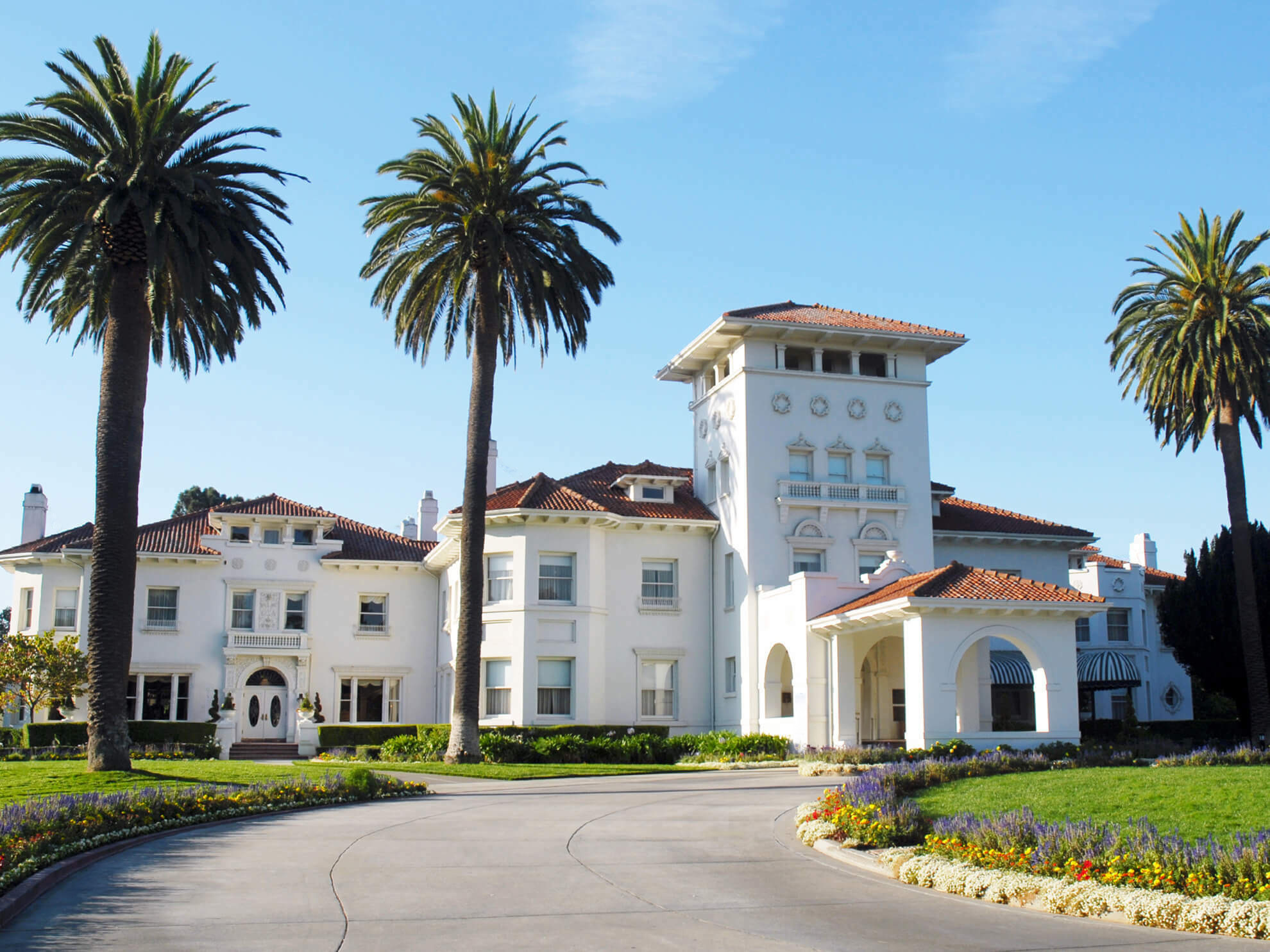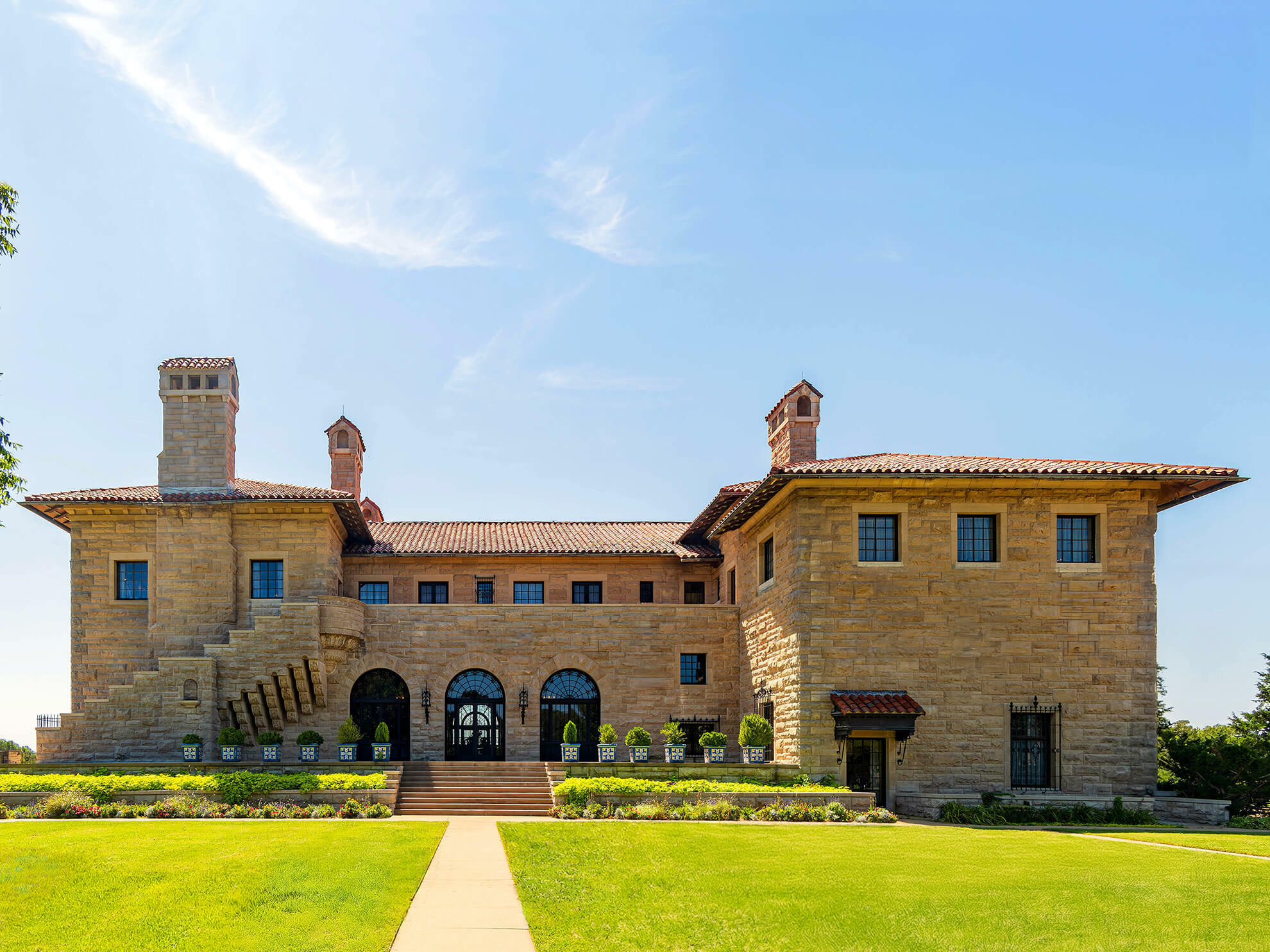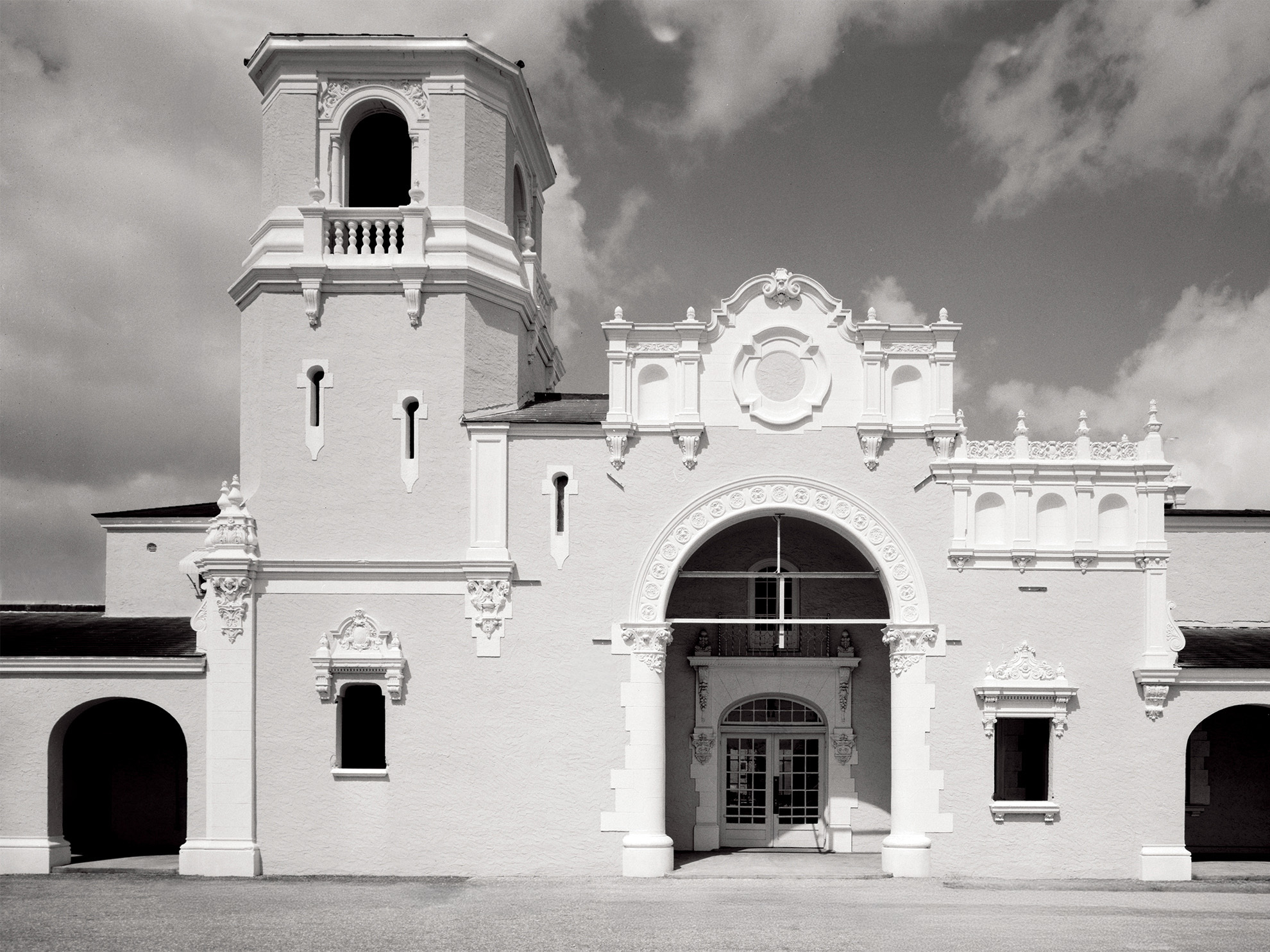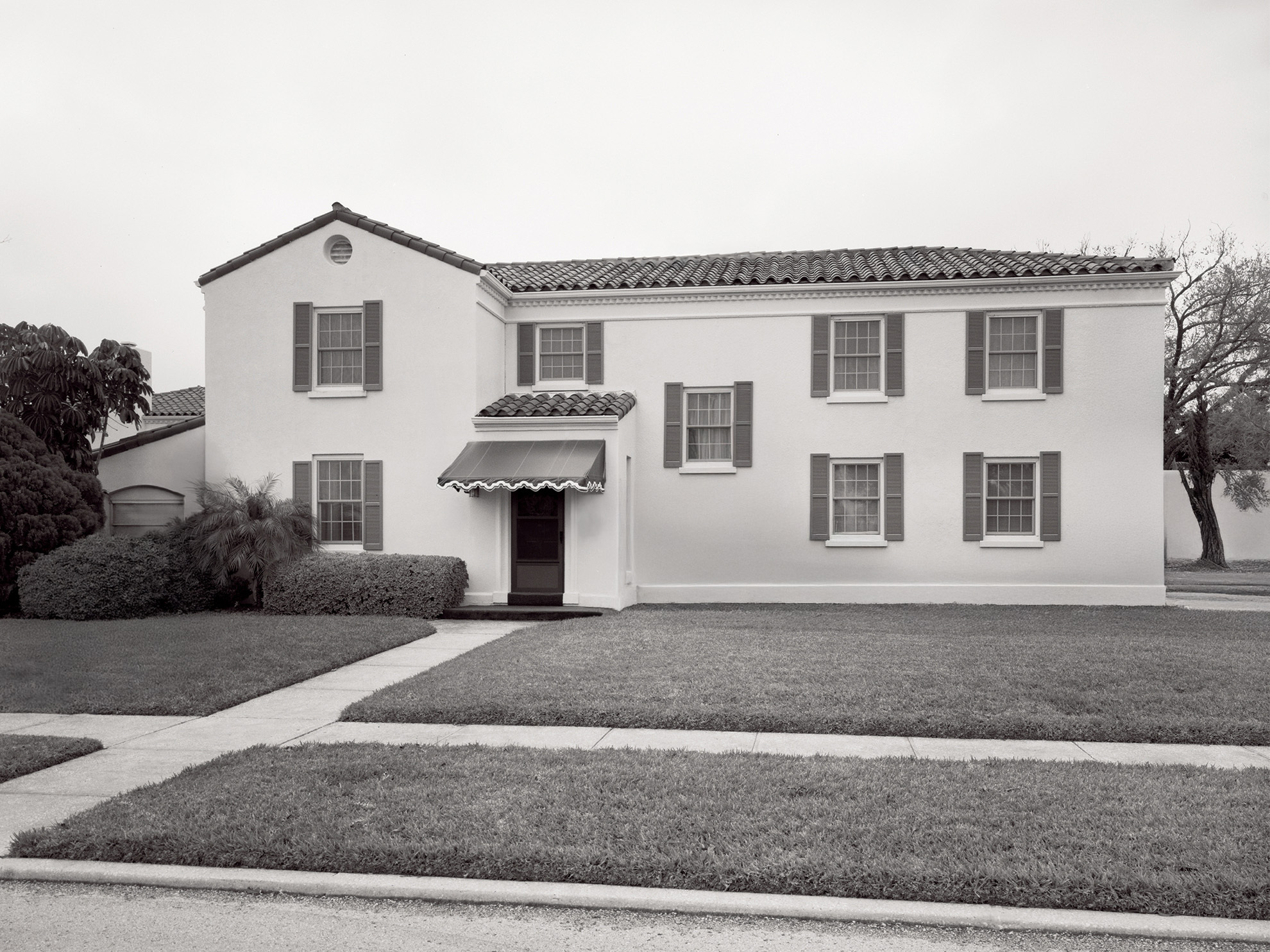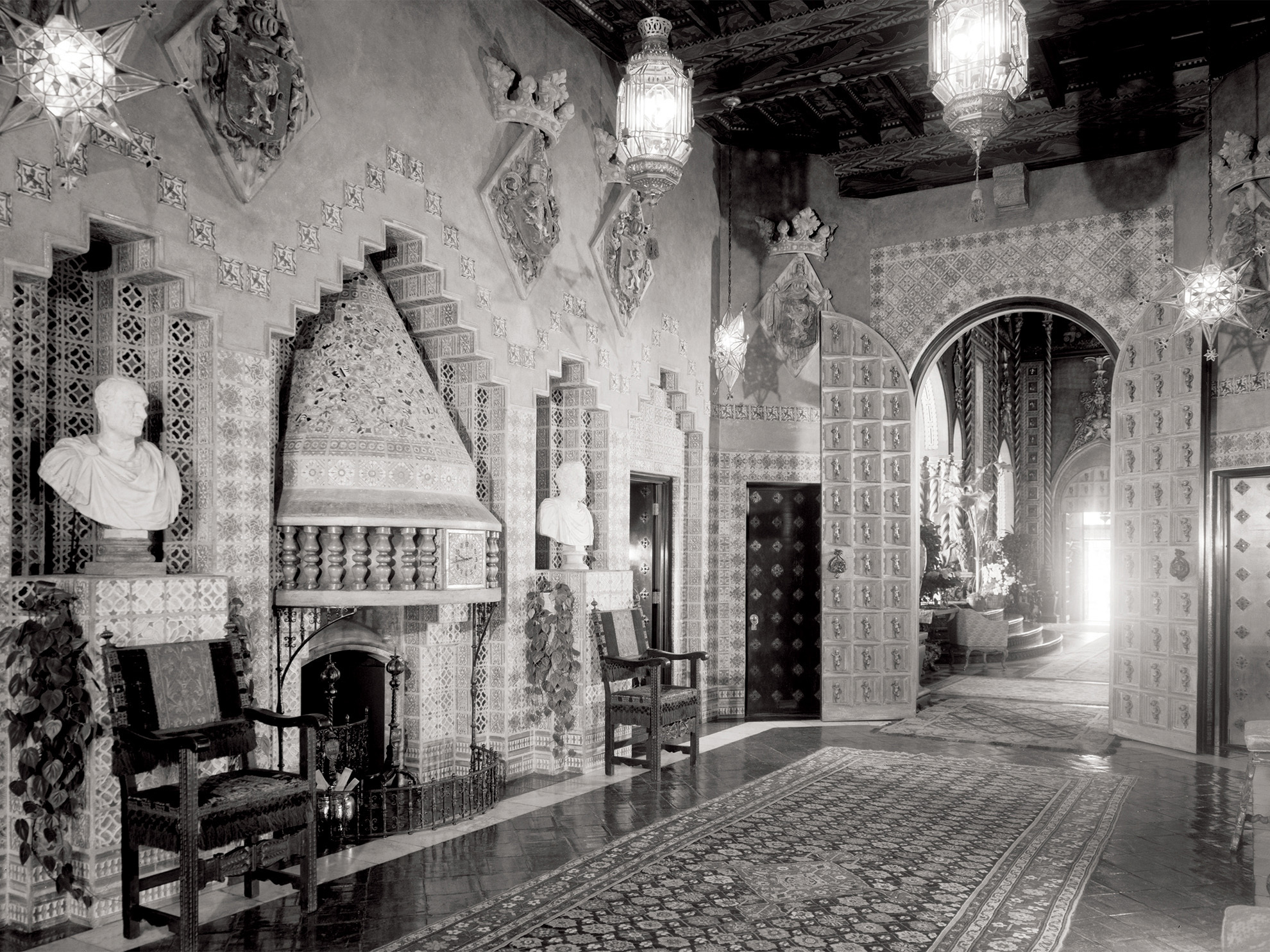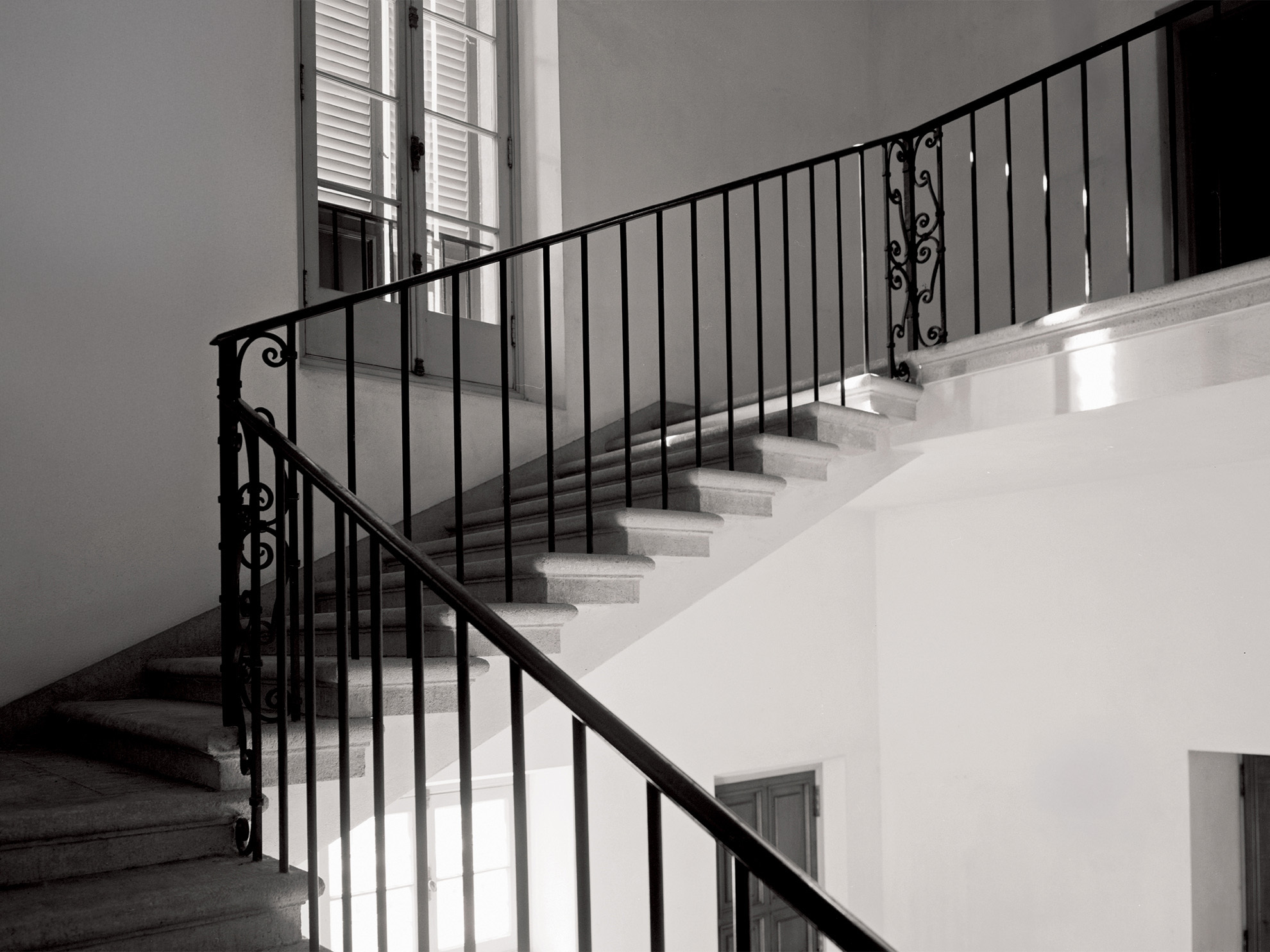MEDITERRANEAN REVIVAL (1920-1940)
Mediterranean Revival architecture refers to a style that recalls the stuccoed, tile-roofed buildings surrounding the Mediterranean Sea. From Spain to the Levant, building materials dictated masonry and mud construction, with tile or stone roofing and only judicious use of wood products for timber-framed roofs, doors, and windows. The style can combine austere rendered plaster surfaces, rubble stone masonry, and sun-baked terra cotta with polychromatic paint schemes, marble mosaics, and elaborate patterns. It is usually less formal and more rustic than classically-inspired work though it often incorporates elements such as arcades and loggias to create shade from the sun. Ottoman and Moorish influences can make it appear to have an exotic appearance to Western observers, while its simpler manifestations can convey a clean, modern, though primitive appearance.
MEDITERRANEAN REVIVAL STYLE MOULDINGS
The molding profiles found in Mediterranean-style buildings are the same sorts of classical profiles used from Egypt and Greece to Spain and Morrocco but carried out in stone and stucco. Wooden moldings are often limited to beams, door and window jambs, panels, and frames and almost always have a natural transparent or stained finish rather than being painted. We find plain boards, small quirk or bead moldings, carved or stenciled twists and other simple fillets, quarter rounds and eased edges rather than more elaborate ogees or complex compound molding combinations.
